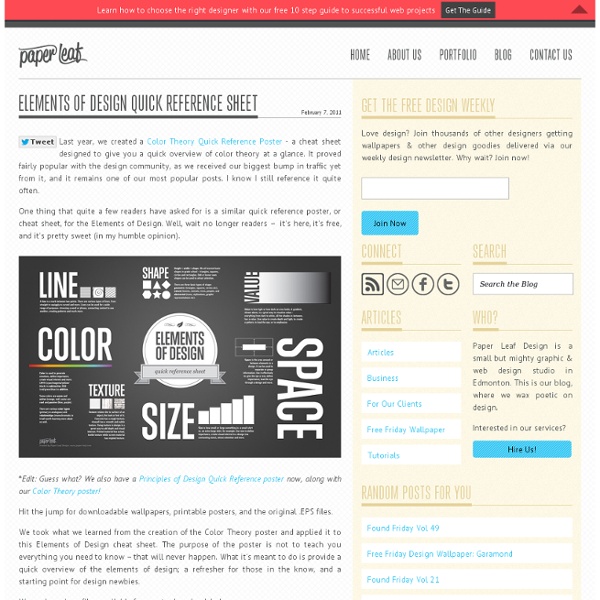Learn More | Vizify
Here's how Vizify helps you: It's easy for people to get to know you. Why make people trying to get to know you work so hard for it by forcing them to visit and sift your links, Twitter chatter, LinkedIn profile and other digital content? Vizify's unified bio not only pulls it all together, but actually synthesizes and summarizes your stuff so that it's easy to digest. Drafts off your preexisting data. We've all been there; not knowing exactly how to talk about ourselves to others. Show – don't tell – with stunning, interactive graphics. A picture is worth 1000 words. Make it your own through effortless customization. You're unique.
Etnies Founder Builds A Dream House Whose Interior Is A Skate Park
Pierre Andre Senizergues is the owner of Sole Technology, a skateboard footwear and apparel company that produces brands such as Etnies. He's also a former world champion boarder. And now the 48-year-old entrepreneur has commissioned Francois Perrin, of the L.A.-based architecture firm Air Architecture, to build him a California home that doubles as a skate park. Did we mention that he's really, really into skateboarding? Slated for completion next year, the mid-lifer's Malibu dream house is shaped like a flattened tube, with walls that curve into the ceiling, making every surface fully skateable or grindable. A full-scale mockup of the living area debuted last month at an exhibition on skateboarding culture at Paris's Gaite Lyrique and will remain on display until August 7.
DIY Doily Light: Simple Suspended-Sphere Lace Lamp Shade
So simple a child could make it – and have fun in the process, too. And the result? A shining example of how light and shadow can work together to brighten up a room. Swedish craftswoman Isabelle Dos started with a simple party-shop balloon, blown up big and wrapped in white lace place settings painted with wallpaper glue. The soaked material sticks readily to the sides of the inflated sphere, overlapping to form a contiguous shell, suspended and left to dry overnight like a plaster cast. Pop the balloon and presto: a little cut in the top lets you drop in a bare bulb and create your own chandelier, potentially using whatever pattern you want (if lace feels a little too old-fashioned) to frame the outside and filter the light.
G2 estudio: swamp house
sep 16, 2012 G2 estudio: swamp house ‘swamp house’ by G2 estudio, patagonia, argentina image © G2 estudio all images courtesy of G2 estudio situated on a very particular site at the midst of a forest at the foot of a mire, surrounded by at least 6 different types of native tree species, argentinian practice G2 estudio‘s ‘swamp house’ in patagonia preserves the biodiversity by building within and throughout the local vegetation to leave as much as possible intact. the gently sloping topography allows the house to open up below grade, maintaining the unobstructed views from the entry street and creating several levels to house all the programmatic elements. the twisting fluid forms are a result of the surrounding environment, playing a reactive role to the cues set up by its location. a poured-in-place concrete structure is wrapped in wood planks and topped with a series of green roofs, extending view out to the ñires forest. bird’s eye perspective image © G2 estudio image © G2 estudio
25 Beautiful & Modern Poster Designs
Like we said before, if you want to become a better designer, the only way to do it is to learn by doing. But if you’re in search for inspiration on your next project, or if you’re simply itching to admire something with true aesthetic value, a curated collection of beautiful designs is the way to go. With this in mind, we at TNW’s Design & Dev channel present to you a list of 25 Beautifully designed modern posters. Check them out and let us know your favorites in the comments below the post: Enter The 36 Chambers: Vintage Audi: Save Trees Save Earth: Universal Branding System: Chemtrail: Things I Like: Run for your life: Poster by Daniel Gray: Design by Metric72: A Neue Hope: Neue Hong Kong: Italic Poster: avantgarde: Chemtrail: Dirty Harry: Action Time: A Lack Of: Trumans Beers: Ship: Built to Spill: Design Festival: Supermodified: Circus: These designs were discovered through Designspiration, an absolutely incredible and well-named resource for design inspiration.
Pólo das Industrias Criativas | UPTEC
O UPTEC PINC é o espaço de atração e encontro entre pessoas que procuram experimentar, desenvolver e explorar a sua criatividade a nível empresarial. Procurando responder aos novos desafios da economia criativa, em 2010, o UPTEC abriu o seu Polo das Indústrias Criativas (UPTEC PINC) para acolher e apoiar empresas que atuem fundamentalmente em áreas como o design, audiovisual, comunicação, arquitetura, artes visuais, artes performativas e edição. Situado no centro do Porto, junto das principais estruturas e equipamentos artísticos e culturais da cidade, o UPTEC PINC acolhe atualmente mais de 30 projetos empresariais. Apoiando-se no conhecimento e competências da Universidade do Porto e restantes clusters do UPTEC, este polo contribui realmente para o desenvolvimento de um verdadeiro ecossistema criativo, em permanente articulação com as mais diversas áreas de conhecimento e de negócio. Polo das Indústrias Criativas do UPTEC Praça Coronel Pacheco, 2
Cargo
Filosofia do Design



